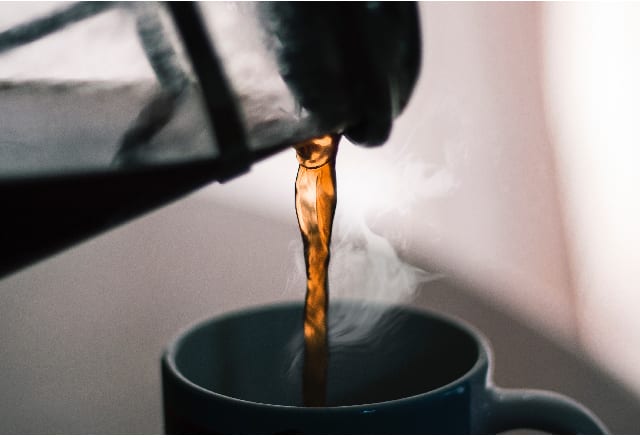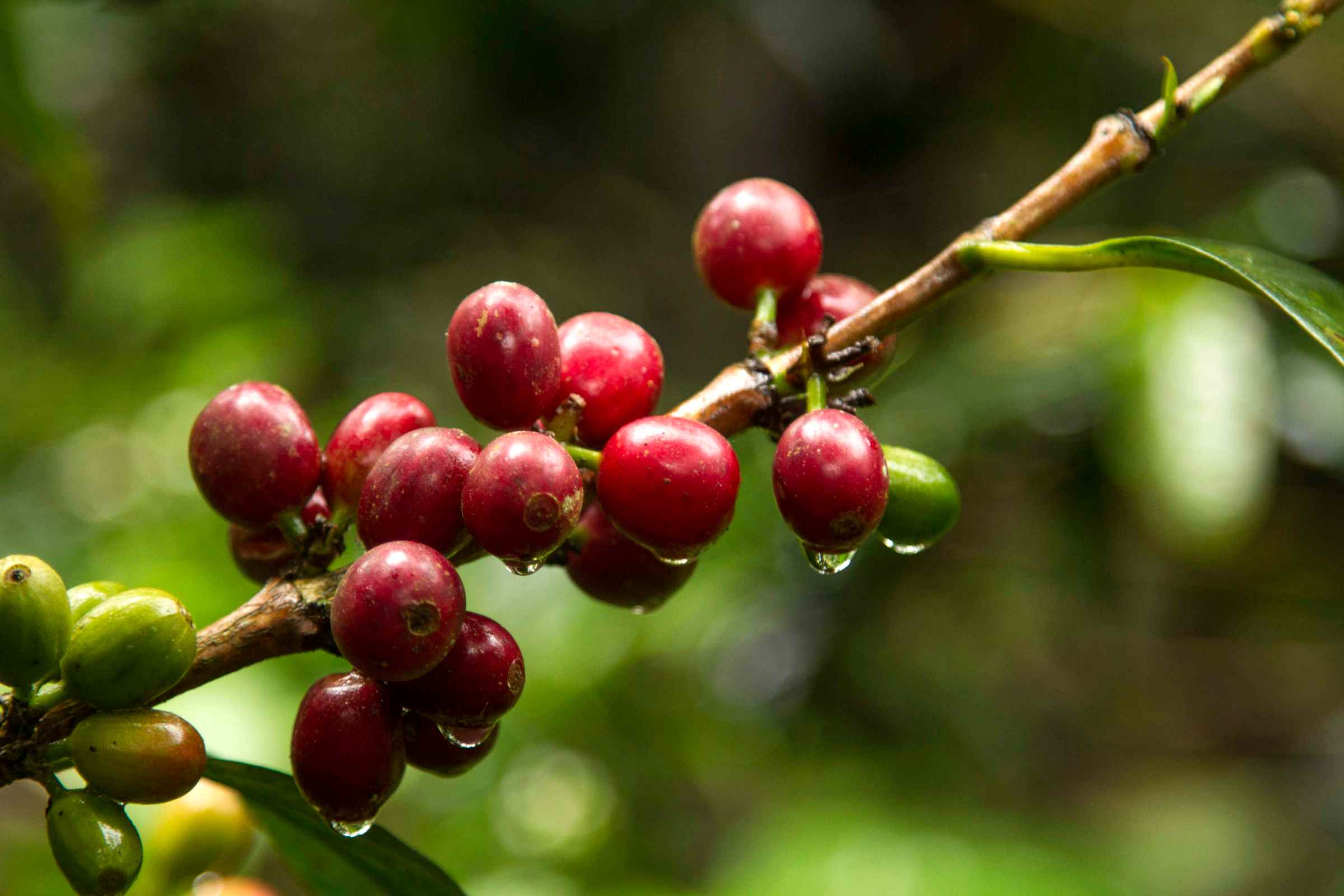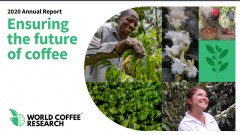How do you get the aroma of coffee beans? How do we perceive the aroma of coffee? Those compounds produce aromas.
What produces the aroma of coffee? Understand chemistry
We drink coffee to enjoy its unique flavor and rich aroma. When we pour or sip espresso, it is reminiscent of chocolate, caramel, almonds, fruits and flowers. But what happened at the chemical level?
Each sensory characteristic is the result of chemical and biological reactions. Please read on to learn more about the causes of coffee aroma.
Where does the aroma of coffee come from
Green coffee beans don't smell much. Only through baking can we produce a variety of volatile compounds, resulting in a unique aroma of coffee. The taste we perceive is usually actually aroma-the tongue can only perceive taste and sweetness, saltiness, bitterness and sour taste. When these are combined with the aroma sensed by the receptors in the nose, we get the smell.
But the complexity of the aroma depends on the composition of the compounds in green beans. The precursors of these volatile compounds have different concentrations, depending on many variables, including variety, weather conditions of origin, maturity and processing options.

Which compound produces what kind of aroma?
Aroma precursors are various forms of carbohydrates, proteins and acids. During the whole roasting process, especially during the Maillard reaction, they will be converted into volatile compounds. Different compounds produce different sensory characteristics in the baking process, and the degree of baking will further affect our perception of aroma.
2-methylpyridine is responsible for roasting incense.
Pyrazine can produce nutty flavors, such as 2je 3-dimethylpyrazine, or burnt flavors, such as 2-ethyl-3-methylpyrazine.
The more advanced stage of baking leads to the caramelization of sugar. This produces furans and furanones, such as 4-hydroxy-2pyrone, 5-dimethyl-3 (2H)-furanone, which smells like caramel.
In the process of Strecker degradation, the decomposition of amino acids in aldehydes will also produce volatile compounds that produce aroma. 3-methylbutyraldehyde produces fruity and sweetness.
Ketones are also very aromatic and are the result of automatic oxidation of fatty acids such as acetone. Ketones usually provide fruity or musty flavors (β-Damasone is a ketone with the smell of fruit tea), while butter flavor is produced by smaller ketones (such as 2mae 3-butanedione).
Unpleasant aromas can also be produced during the baking process. Phenols, such as guaiacol, are produced by the decomposition of free phenolic acids during a long period of baking. They smell of ash and smoke.

How do we perceive the aroma of coffee
We now know how some volatile compounds are formed during coffee roasting. But it is also important to mention that aromas are perceived differently.
It is estimated that more than 900 aromatic volatile compounds are produced during baking, but only about 30 of them are effectively involved in the aroma and flavor we perceive in the cup. We can't detect most compounds at all. These compounds also need to be balanced so that we can have a specific sensory experience.
When we smell coffee grounds, these molecules freely interact with our olfactory receptors. When coffee powder is added to water to make a cup of coffee, other molecules are extracted, and we have different sensory experiences.
Important Notice :
前街咖啡 FrontStreet Coffee has moved to new addredd:
FrontStreet Coffee Address: 315,Donghua East Road,GuangZhou
Tel:020 38364473
- Prev

Current situation of Coffee Agricultural Market in 2020 Strategy and Plan of Coffee planting in WCR World Coffee
Coffee agriculture in 2020, the world has been subjected to an unprecedented test, and coffee agriculture is no exception. The global pandemic is an indisputable testament to the resilience of diversity, whether we are talking about the supply chain of individual coffee farm roasters, the global economy as a whole or coffee genetic diversity. Coffee companies need to build resilience to thrive in the 21st century. The 21st century
- Next

Change the taste and quality of coffee beans aged coffee beans and Swiss water-treated Fagorum coffee are grown
Generally speaking, coffee trees planted at low elevations have higher yields than those planted at high elevations. However, these high quantities will affect the quality of the final product. Like any plant, the transfer of nutrients from soil to fruit largely determines the quality and characteristics of the final product. The concept of local soil is very popular in the brewing industry and can be applied to many other agricultural sectors.
Related
- Detailed explanation of Jadeite planting Land in Panamanian Jadeite Manor introduction to the grading system of Jadeite competitive bidding, Red bid, Green bid and Rose Summer
- Story of Coffee planting in Brenka region of Costa Rica Stonehenge Manor anaerobic heavy honey treatment of flavor mouth
- What's on the barrel of Blue Mountain Coffee beans?
- Can American coffee also pull flowers? How to use hot American style to pull out a good-looking pattern?
- Can you make a cold extract with coffee beans? What is the right proportion for cold-extracted coffee formula?
- Indonesian PWN Gold Mandrine Coffee Origin Features Flavor How to Chong? Mandolin coffee is American.
- A brief introduction to the flavor characteristics of Brazilian yellow bourbon coffee beans
- What is the effect of different water quality on the flavor of cold-extracted coffee? What kind of water is best for brewing coffee?
- Why do you think of Rose Summer whenever you mention Panamanian coffee?
- Introduction to the characteristics of authentic blue mountain coffee bean producing areas? What is the CIB Coffee Authority in Jamaica?

